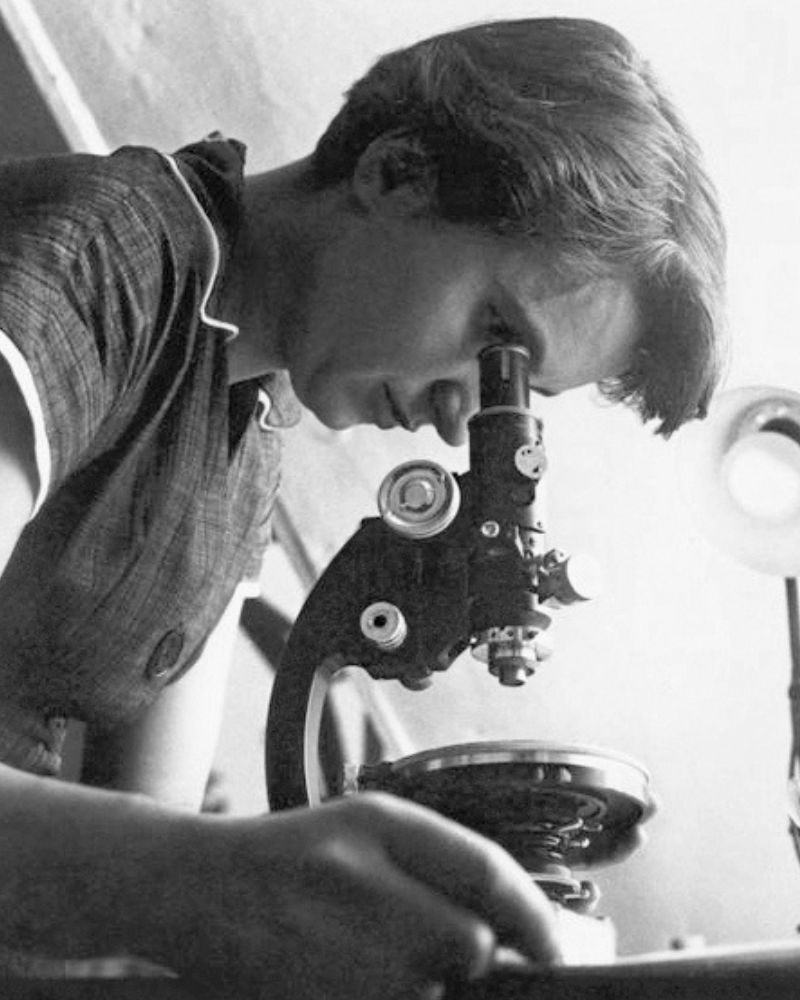Rosalind Franklin: The Woman Who Unlocked the Secrets of DNA

Rosalind Franklin was a brilliant scientist whose groundbreaking work played a crucial role in one of the greatest discoveries of the 20th century—the structure of DNA. Despite facing challenges as a woman in science, her research provided the key evidence that led to our understanding of the molecule of life. Though her contributions were overlooked during her lifetime, she is now recognized as a pioneer in molecular biology.
Early Life and Scientific Journey
Born in 1920 in London, Rosalind Franklin showed exceptional academic talent from a young age. She pursued chemistry at the University of Cambridge and later specialized in X-ray crystallography, a technique used to study the structures of molecules. Franklin’s expertise in this field would prove crucial in uncovering the double-helix structure of DNA.
The Discovery of DNA’s Structure
In 1951, Franklin joined King’s College London, where she worked with Maurice Wilkins on DNA research. Using X-ray diffraction, she captured high-resolution images of DNA fibers. One of these images, known as Photo 51, provided crucial evidence that DNA had a helical structure. Her precise work showed that DNA was made of two strands twisted around each other, forming a double helix.
Unbeknownst to Franklin, her colleague Wilkins shared Photo 51 with James Watson and Francis Crick, who were working on DNA at the University of Cambridge. With this information, Watson and Crick were able to build the correct model of DNA, which they published in 1953. While Watson and Crick received worldwide recognition, Franklin’s essential contribution was largely ignored.
Overlooked Recognition and Legacy
Watson, Crick, and Wilkins were awarded the Nobel Prize in 1962 for the discovery of DNA’s structure. Unfortunately, Rosalind Franklin had passed away in 1958 due to ovarian cancer, and Nobel Prizes are not awarded posthumously. For many years, her work remained in the background of the DNA story. However, historians and scientists have since acknowledged her crucial role in the discovery.
Franklin’s research did not stop with DNA. She also contributed significantly to the study of viruses, laying the foundation for modern virology. Her pioneering work helped scientists understand the molecular structures of RNA and other biological materials.
A Lasting Impact on Science
Today, Rosalind Franklin is celebrated as a trailblazer for women in science and an essential figure in the history of genetics. Many institutions, scholarships, and scientific awards now bear her name, ensuring her contributions are never forgotten. Her work continues to inspire generations of scientists, proving that determination and scientific brilliance can change the course of history.
Although she did not receive the recognition she deserved during her lifetime, Rosalind Franklin’s legacy lives on in every breakthrough in genetics, medicine, and biotechnology. Her discovery of DNA’s structure remains one of the most important scientific achievements, shaping our understanding of life itself.